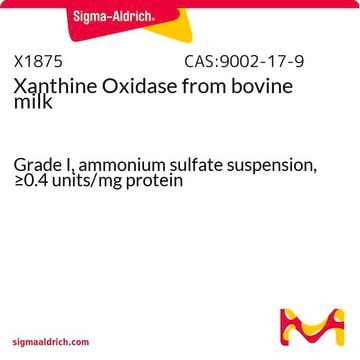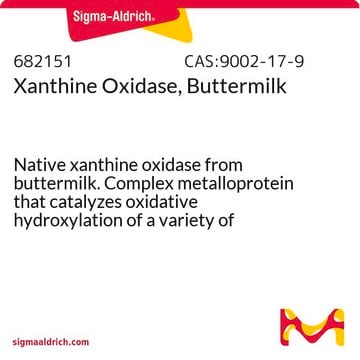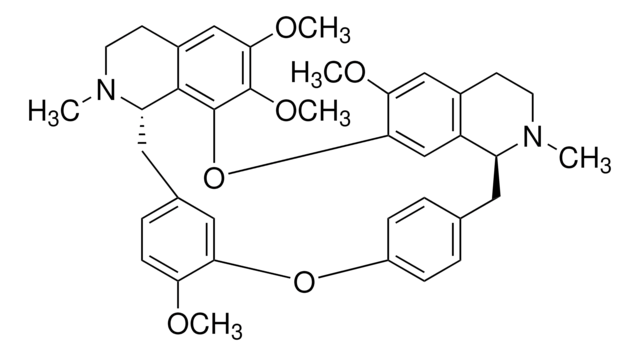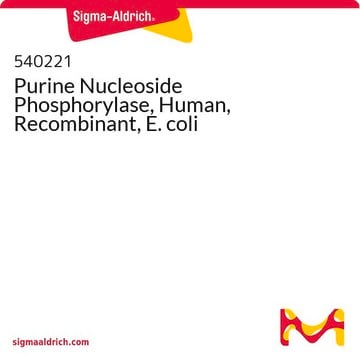The volume of a given package size varies from lot to lot. The minimum activity of this product is 0.1 units per milligram of protein. The minimum protein concentration is 5.0 mg/mL. As an example, a lot reporting an activity of 0.3 units per milligram protein at a concentration of 13.8 mg protein per milliliter, will have a volume of 2.3 mL for the 10 Unit package size. This is determined by using the following calculation:
10U / (0.3U/mg) = 30mg / (13.8mg/ml) = 2.3 ml volume
The lot-specific volume may be determined by data provided in the Certificate of Analysis. Please see the link below to review a sample or lot-specific Certificate:
https://www.sigmaaldrich.com/product/sigma/x4875#product-documentation

















